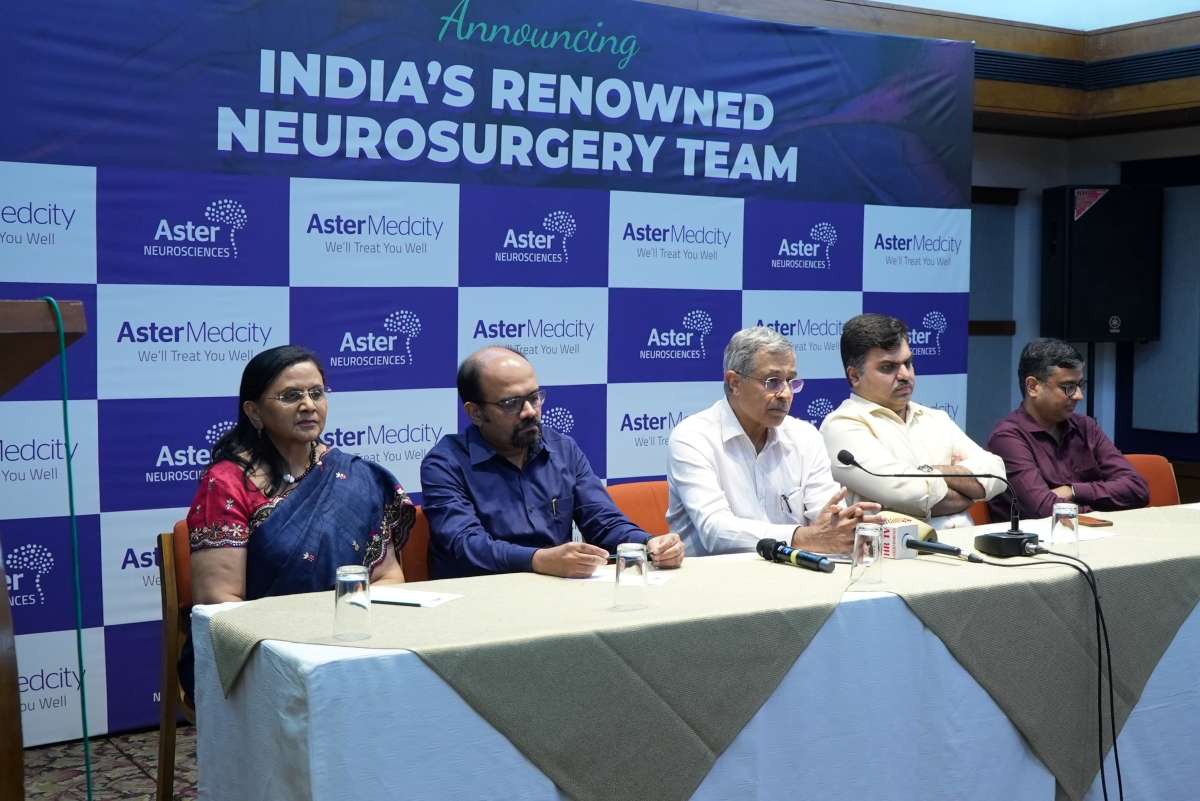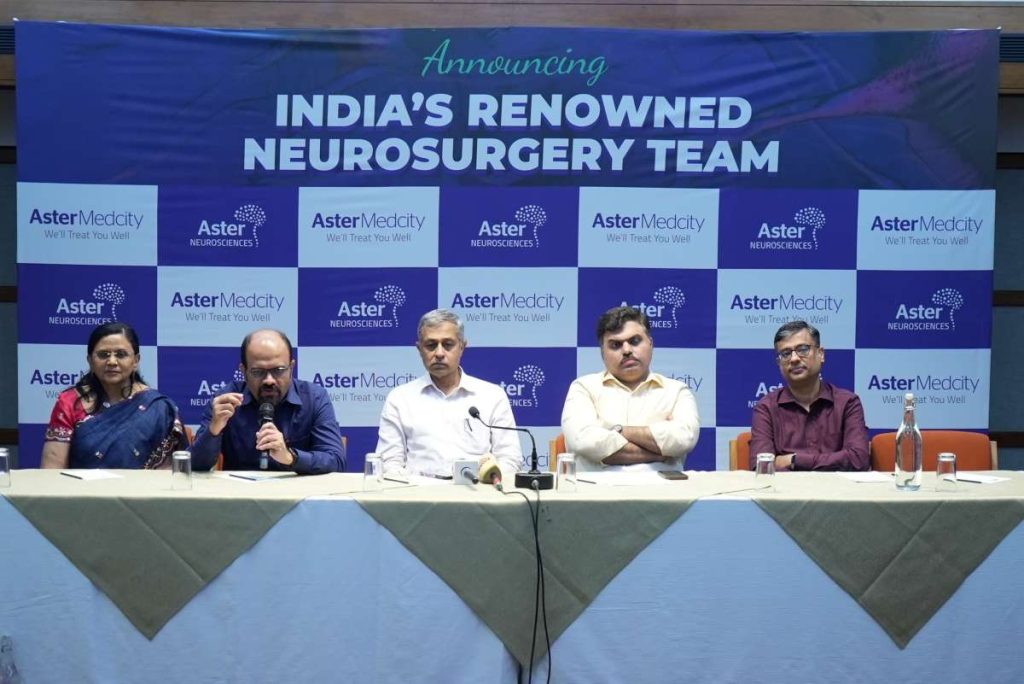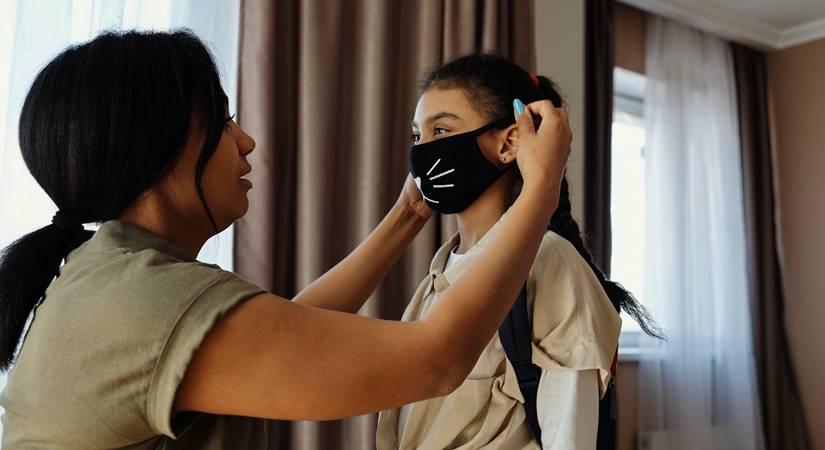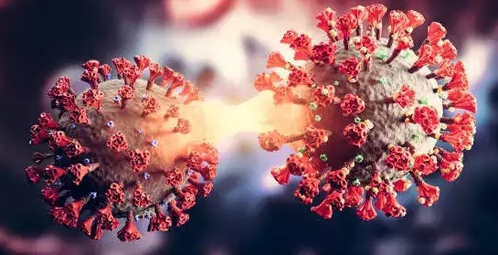The USD 34 billion health portfolio, active in over 100 countries, will focus on enhancing surveillance and early warning systems, climate-proofing health facilities, and strengthening the capacity of health workers…reports Asian Lite News
In an initiative announced at COP28, the World Bank unveiled its Climate and Health Program to combat the escalating health risks triggered by climate change in low- and middle-income countries.
According to a press release by the World Bank, with projections indicating at least 21 million additional deaths by 2050 due to climate-related health hazards, the program aims to fortify health systems, particularly in vulnerable regions of sub-Saharan Africa and South Asia.
The initiative involves comprehensive strategies, including assessing climate and health vulnerabilities, bolstering investments in resilient health systems, and mobilizing funds for immediate action.
The World Bank emphasizes the urgency of addressing five key health risks–extreme heat, stunting, diarrhoea, malaria, and dengue–that could claim millions of lives within the next three decades.
Mamta Murthi, Vice President for Human Development at the World Bank, highlighted the program’s significance in breaking the cycle of ill health and poverty caused by climate change.
Murthi said, “Climate change amplifies health risks, creating a cycle of ill health and poverty with far-reaching consequences for human capital development. Through the Climate and Health Program, the World Bank will use its knowledge and financing to help countries address health risks stemming from climate change, work across related sectors, and bring together partners to maximize financing and harmonize investments and actions.”
The Climate and Health Program seeks to generate evidence, increase financing for tailored solutions, and forge strong partnerships with entities such as the World Health Organization, Gavi, The Global Fund, and foundations.
Notably, the World Bank will co-convene a Development Bank Working Group for Climate-Health Finance to align and maximize investments.
The USD 34 billion health portfolio, active in over 100 countries, will focus on enhancing surveillance and early warning systems, climate-proofing health facilities, and strengthening the capacity of health workers.
As the climate crisis continues to impact the well-being of global populations, the World Bank’s commitment to addressing this paramount health challenge underscores the need for immediate, collective action.
The success of the Climate and Health Program hinges on today’s decisions, shaping the health outcomes of current and future generations. (ANI)
ALSO READ-Bangladesh Secures $1B World Bank Loan













